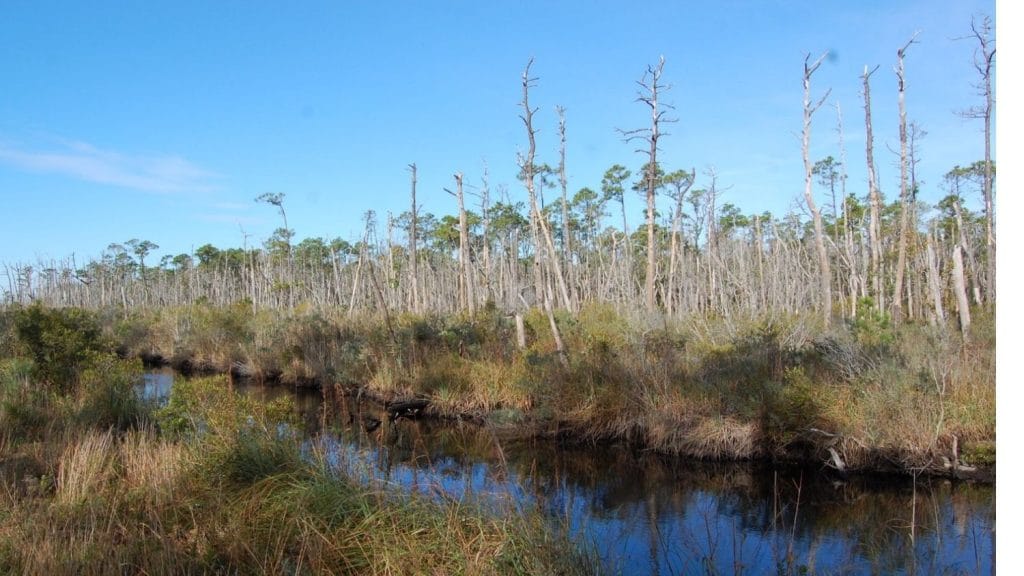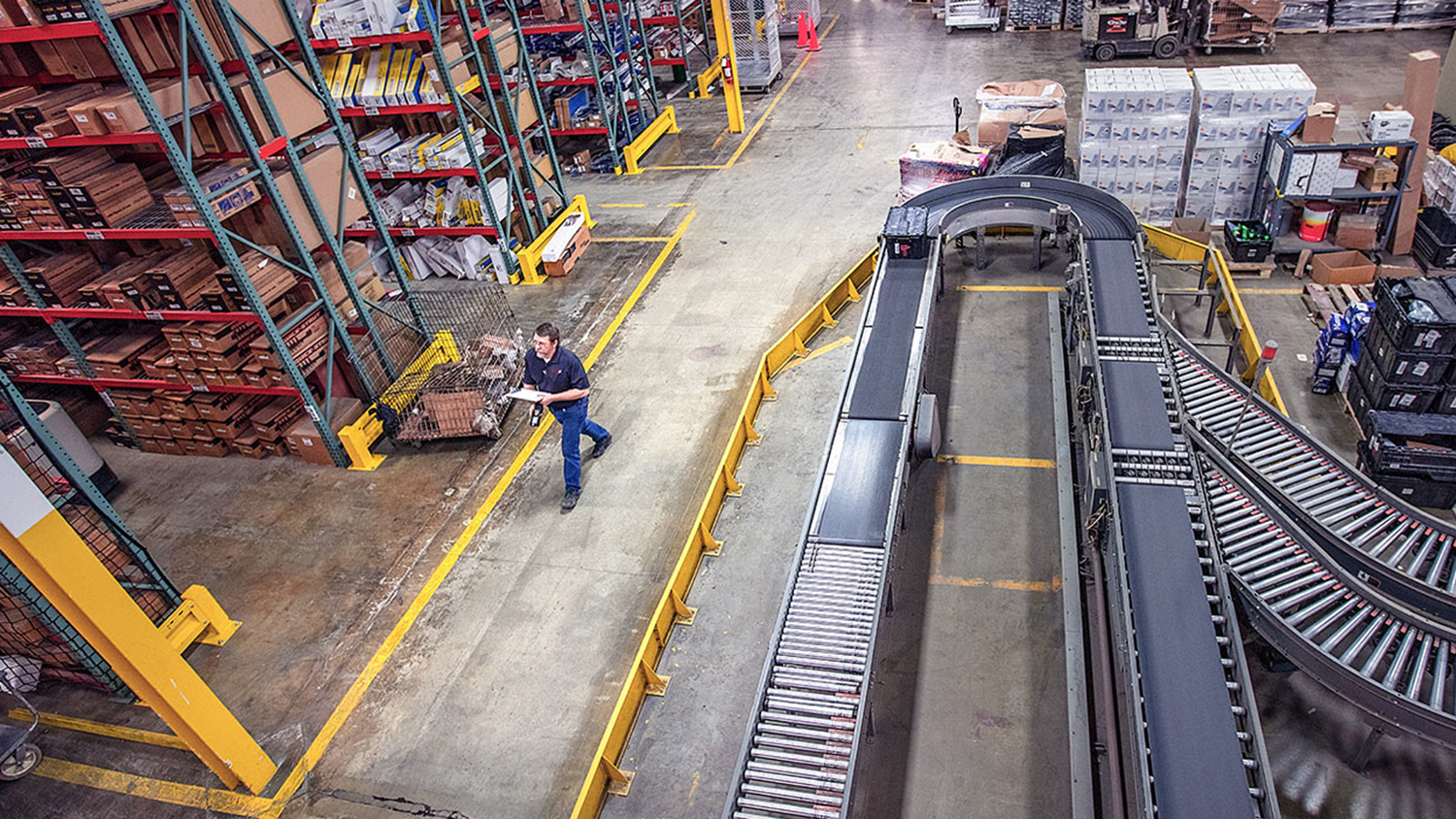A Coastal Forest Almost 2,000 Years Old is Disappearing

By analyzing ancient wood buried in the soil of a forested wetland in eastern North Carolina, researchers from North Carolina State University have found that the coastal site was a forest almost 1,800 years ago.
Their findings, drawn from carbon dating of wood and organic matter in the soil, illustrate that the forest leaves, wood, roots and current organic wetland soils have stored vast quantities of carbon for thousands of years.
“These freshwater forested wetlands have been storing carbon for millennia,” said study co-author John King, professor of forestry and environmental resources at NC State.
To their alarm, the researchers also found that the forest is now undergoing a rapid transition. In a study published in the journal Land, the researchers reported that pond pine forests of the region are experiencing suppressed growth and high mortality, leading to the formation of so-called “ghost forests.” Further, they also saw that a drainage ditch installed next to a road accelerated the ecosystem transition by a factor of 10. The researchers said the ditch likely encouraged inland flooding and salinity during coastal storms.
The Abstract spoke with King and the study’s lead author, Maricar Aguilos, postdoctoral research scholar at NC State, about the transition of freshwater forested wetlands into ghost forests.
The Abstract: How quickly is the forest transitioning, and how do you know?
John King: To give an idea of how fast the change is, if you go down there now – we collected our data in 2014 and 2015 – and you look at what we considered a “healthy” forest then, it has almost completely transitioned to ghost forest now.
Maricar Aguilos: At the time of our measurements, 60% of the trees in the ghost forest were dead or dying. And, as of February 2022, it looks like mortality may be reaching that level in what was the healthy forest in 2015. Flooding and saltwater are invading the freshwater wetland, and we can see ghost forest formation as an indicator of the impact.

TA: Why did you sample the soil, and what did you find?
Aguilos: We wanted to quantify how much carbon was stored in the soil and see how it has changed over time. We found out that it has been there for a very long time, almost 1,800 years. But we also found that the rate of the soil accumulation cannot keep up with the pace of sea-level rise. It’s being submerged.
King: We found pieces of wood distributed throughout the upper layer of organic soil. The deepest piece of wood came from a root system submerged within a layer of soil that has a profile indicating the site was formerly an upland forest. We believe the forest was there about 1,800 years ago, according to radioactive carbon isotope dating.
Also, the carbon dating of the woody debris indicated that the soil accumulation rate decreased the closer we got to modern times. Now, the fact that we’re seeing these ghost forests form suggests the rate of sea-level rise is too fast for the forest to keep up. It’s causing a drastic change. The trees are dying; it’s converting into a shrub ecosystem in the near-term, but we think it’s going to become too wet for the shrubs, and at that point, it will become a marsh.
TA: What should we take away from this?
King: As the ecosystem transitions, all of the carbon in the dead trees will decompose and return to the atmosphere as carbon dioxide.
But what’s going to happen to the carbon stored in the organic soil? Some of it is probably going to decompose and be released to atmosphere as methane. That’s where we start to talk about wetlands as big sources of carbon to the atmosphere.
Wetlands only comprise a small fraction of the global land surface area, but contain about 21% of terrestrial carbon. They’re disproportionately important in storing carbon. But the issue now is as sea level rises, what’s going to be the fate of the carbon that’s contained there?
Aguilos: Rising sea levels are already eating up so much of the land from the freshwater wetland. The transition is moving inland. It is alarming. Can we mitigate the impact of this transition somehow using infrastructure or other interventions to gradually give time for the ecosystem to adapt?
- Categories:


